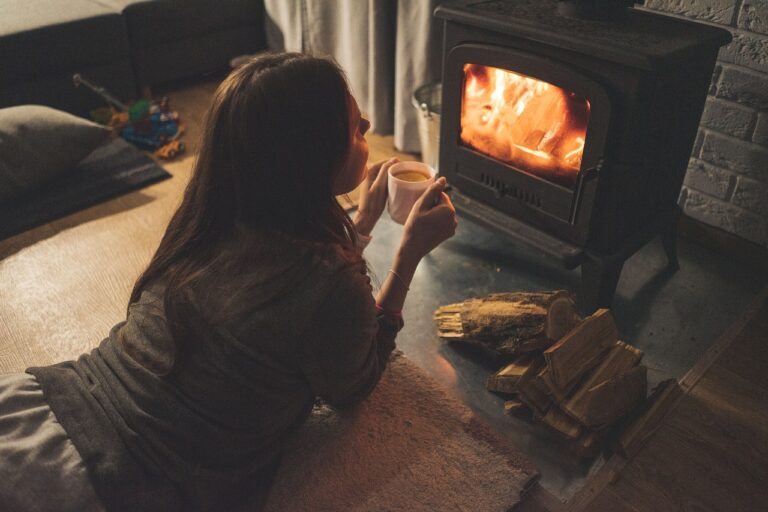The Rise of Mindful Art Therapy: Healing Through Creativity
Mindful Art Therapy serves as a powerful outlet for individuals to express their emotions and thoughts in a non-verbal manner. Through the process of creating art mindfully, individuals can delve deep into their subconscious and tap into their innermost feelings. By engaging in this creative process, individuals are able to externalize their emotions, gain insight into their experiences, and process complex feelings that may be difficult to verbalize.
The act of creating art mindfully can be a cathartic experience, allowing individuals to release pent-up emotions and find a sense of relief and closure. Through the use of colors, shapes, and textures, individuals have the freedom to express themselves in a way that is unique to them. This process of self-expression can help individuals gain a better understanding of their emotions and experiences, leading to a greater sense of self-awareness and emotional well-being.
The Connection Between Mindfulness and Artistic Creation
In the realm of artistic creation, the practice of mindfulness can serve as a catalyst for tapping into one’s creativity on a deeper level. By being fully present in the moment and letting go of distractions, artists are able to unleash their inner thoughts and emotions through their work. This heightened state of awareness can lead to more authentic and genuine artistic expressions that resonate with both the creator and the audience.
When engaging in the process of creating art mindfully, artists often experience a sense of flow where time seems to stand still and their focus is solely on the act of creation. This state of flow allows artists to let go of self-judgment and inhibitions, opening up a space for experimentation and innovation. By embracing mindfulness in artistic endeavors, individuals can cultivate a greater sense of self-awareness and emotional connectedness, ultimately resulting in art that is rich in meaning and personal significance.
The Role of Mindful Art Therapy in Stress Reduction
Mindful art therapy serves as a powerful tool for stress reduction by allowing individuals to express their emotions and thoughts through various artistic mediums. Engaging in art-making activities in a mindful way can help individuals cultivate a deeper sense of self-awareness and promote relaxation. By focusing on the present moment and immersing oneself in the creative process, individuals can experience a sense of calm and release built-up tension and stress.
The therapeutic aspect of mindful art creation lies in its ability to help individuals explore their feelings and experiences non-verbally, allowing for a deeper understanding and processing of emotional challenges. Through the act of creating art mindfully, individuals can externalize their internal struggles and gain a fresh perspective on their stressors. This process of self-expression can lead to increased self-compassion, emotional regulation, and a greater sense of well-being.
What is mindful art therapy?
Mindful art therapy is a form of therapy that combines the practice of mindfulness with the creative process of making art.
How can mindful art therapy help with stress reduction?
Mindful art therapy provides a creative outlet for individuals to express their emotions and thoughts in a non-verbal way, which can help reduce stress and promote relaxation.
What is the connection between mindfulness and artistic creation?
Mindfulness involves being fully present and aware in the moment, which can enhance the creative process by allowing individuals to focus on their artistic expression without judgment or self-criticism.
How can mindful art therapy be used as a tool for emotional expression?
Mindful art therapy allows individuals to explore and express their emotions through art, providing a safe and non-threatening way to process and release feelings.
Can anyone benefit from mindful art therapy?
Yes, mindful art therapy can be beneficial for individuals of all ages and backgrounds who are looking for a creative and therapeutic way to reduce stress and improve their emotional well-being.







